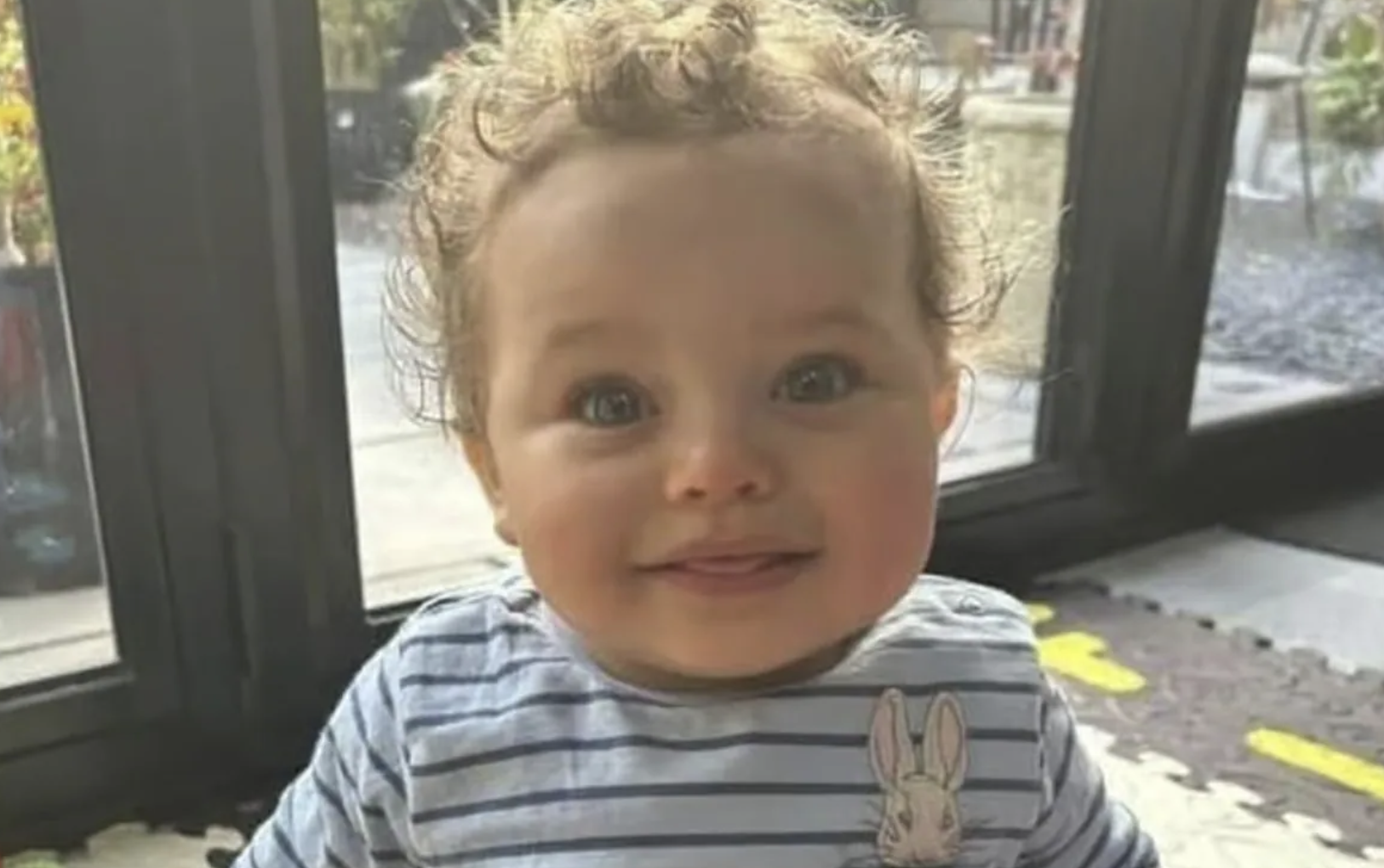HIV+
By Marsh (Edi) Baptise
Brooklyn, NY - Recent data has revealed a troubling trend in public health: a growing number of young women in the United States are being diagnosed with HIV. The increase has raised alarms among healthcare providers and advocacy groups, emphasizing the need for more robust prevention, education, and support systems.According to the Centers for Disease Control and Prevention (CDC), young women aged 15 to 24 are experiencing a notable rise in new HIV diagnoses, particularly in underserved communities. Experts attribute this increase to several factors, including a lack of access to comprehensive sex education, inadequate healthcare resources, and persistent stigma surrounding HIV testing and treatment. The rise in HIV diagnoses is not uniform across all demographics. African American and Latina women are disproportionately affected, accounting for a significant share of new cases despite making up a smaller percentage of the overall population. This disparity highlights systemic inequities in healthcare access and education.
“HIV is still very much a public health issue, and it disproportionately affects women of color,” said Dr. Maria Lopez, an infectious disease specialist. “We need to address the social determinants of health that put these women at greater risk, such as poverty, limited access to healthcare, and societal stigma.” One of the primary barriers to HIV prevention among young women is the lack of comprehensive sexual education in schools. In many states, abstinence-only programs remain the norm, leaving young people without critical knowledge about HIV transmission and prevention methods like condom use and pre-exposure prophylaxis (PrEP).
“Young women often don’t know they’re at risk,” said Angela Carter, director of a local HIV outreach program. “They’re not being taught about HIV in school, and many feel ashamed to ask questions or seek out resources.”
Additionally, stigma continues to be a significant barrier to HIV testing and treatment. Many young women fear being judged or ostracized by their communities, leading to delayed diagnoses and treatment initiation. Healthcare access also plays a crucial role in the rising rates of HIV among young women. Many lack insurance or live in areas with limited access to clinics offering HIV testing and PrEP. Even when resources are available, cultural and language barriers can make it difficult for women to navigate the healthcare system.
“We need to expand access to affordable healthcare and culturally competent providers,” said Dr. Lopez. “Women should feel comfortable discussing their sexual health without fear of judgment or discrimination.”
Efforts to combat the rise in HIV diagnoses among young women are underway. Advocacy groups and public health organizations are working to expand education and outreach programs, particularly in high-risk communities. Innovations like telemedicine and mobile testing units are also helping to bring care to underserved areas.
Federal and state governments are being urged to increase funding for HIV prevention and treatment programs, including comprehensive sex education and access to PrEP. Community-based organizations are playing a critical role as well, providing culturally tailored education and support services. Despite the challenges, there is hope. Advances in HIV treatment mean that the virus is no longer a death sentence, and effective prevention methods like PrEP can significantly reduce the risk of transmission. Advocates believe that with increased awareness and resources, the trend can be reversed.
“We have the tools to end the HIV epidemic,” said Carter. “What we need now is the political will and community commitment to make it happen.”
As the fight against HIV continues, addressing the unique needs of young women will be essential to ensuring that everyone, regardless of gender or background, has the opportunity to live a healthy and fulfilling life.



Beijing, China — In July 2025, China officially banned access to the subscription-based platform OnlyFans, citing the promotion of sexually explicit material and what state officials have described as a growing threat of “Western moral decay.” It’s unclear whether the decision is driven more by China’s reluctance to see women profit from sexual content or by the reality that men are the primary consumers and financial backers of platforms like OnlyFans—but regardless of motive, the ban marks a decisive step in the broader effort to crack down on pornography